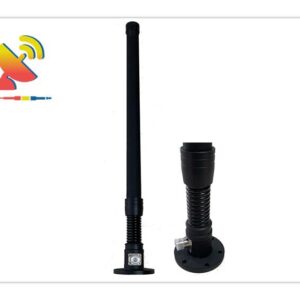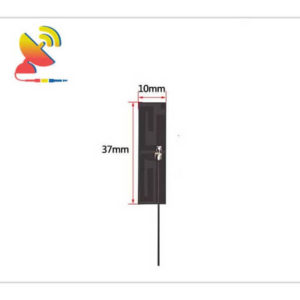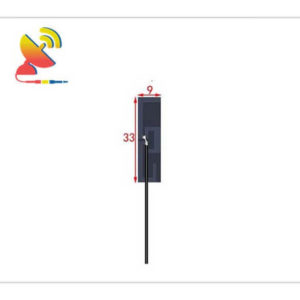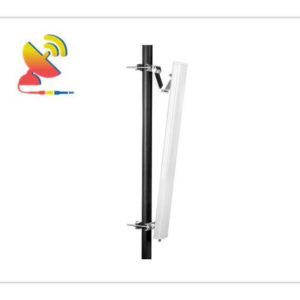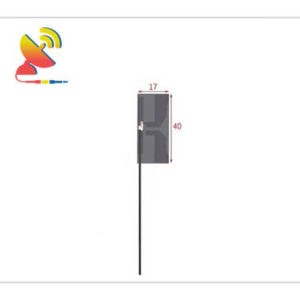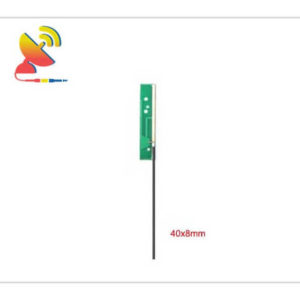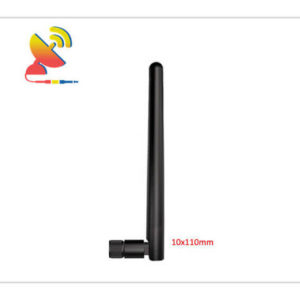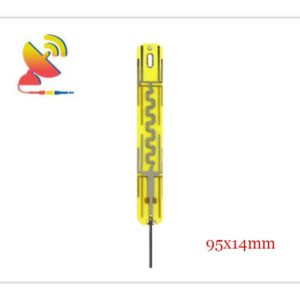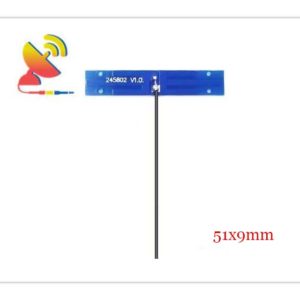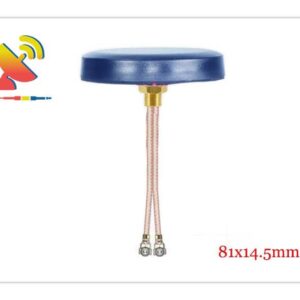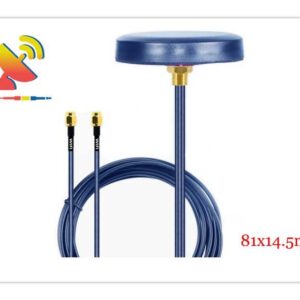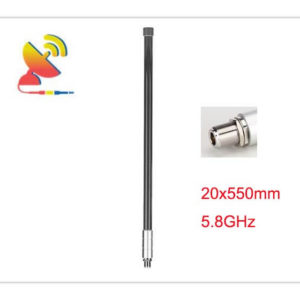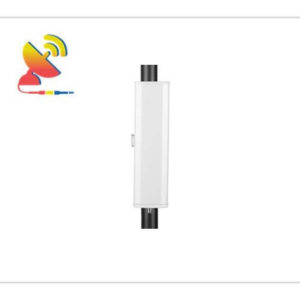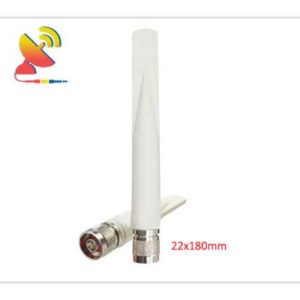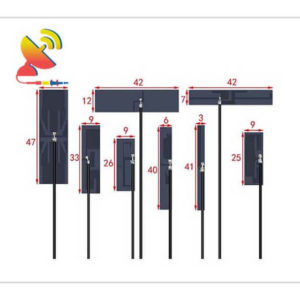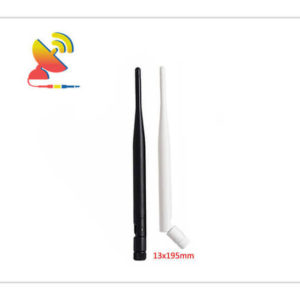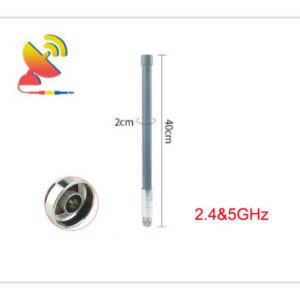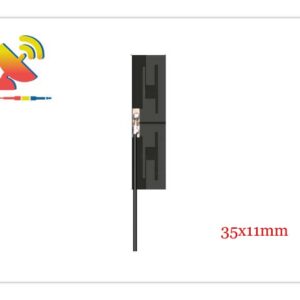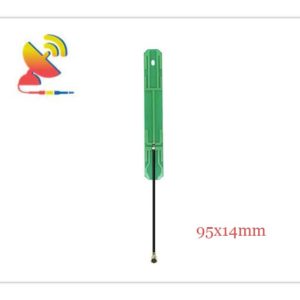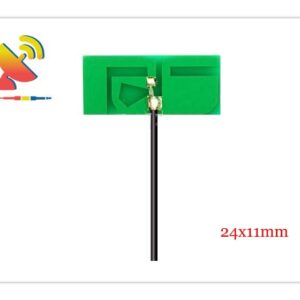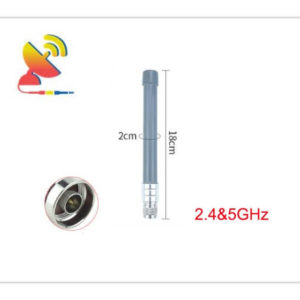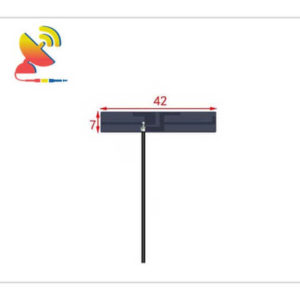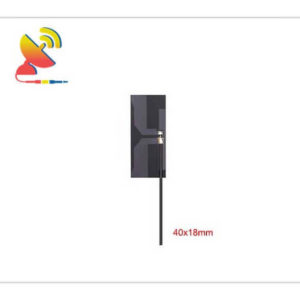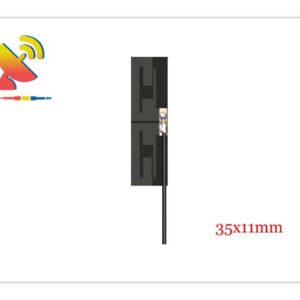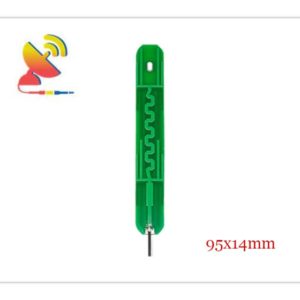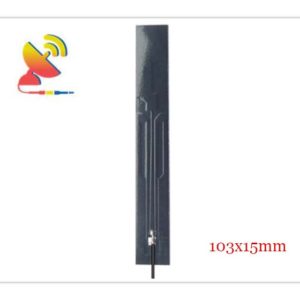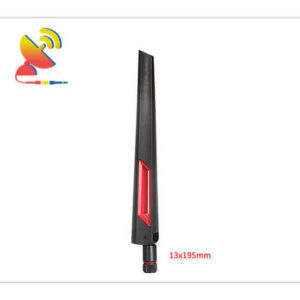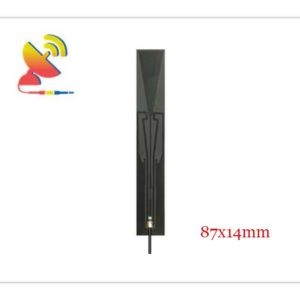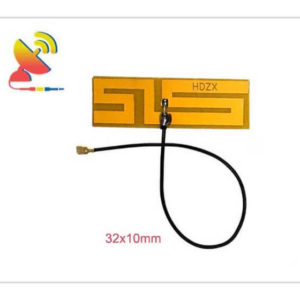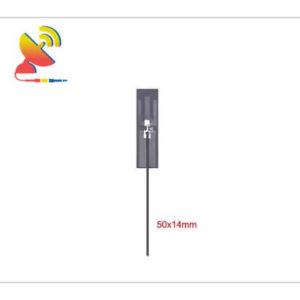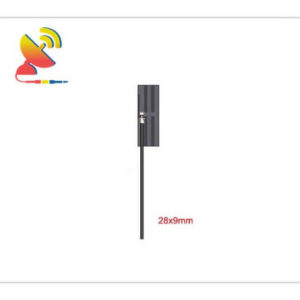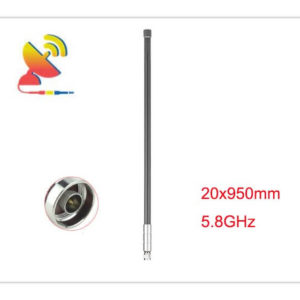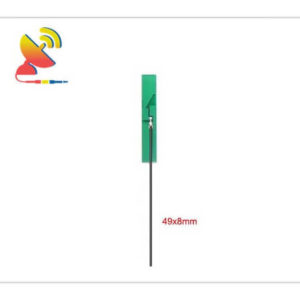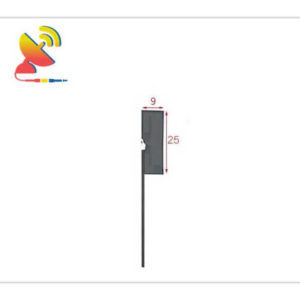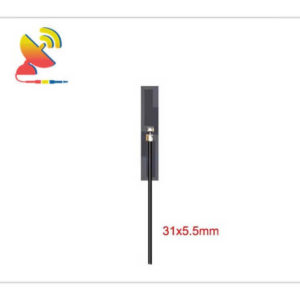5.8 GHz Antenna
5.8 GHz Antenna Manufacturer
C&T RF Antennas Inc is the internal & external single-band wifi 5.8 GHz antennas manufacturer, indoor & outdoor dual-band wifi antenna 2.4 GHz / 5.8 GHz antennas supplier in China.
5.8 GHz Wifi antenna is also called 5GHz wifi antenna or wifi 5GHz antenna.
What is 5.8 GHz?
The 5.8 GHz band is a higher frequency, open ISM band than 2.4 GHz, and it has started to enter the product development field in recent years, it complies with international standards such as 802.11a, FCC Part 15, ETSI EN 301 489, ETSI EN 301 893, EN 50385, EN 60950, etc. A few mice, drones, and cordless phones This technology is one of the promising alternatives to 2.4 GHz wireless technology.
5.8 GHz wireless products provide three 100MHz U-NII (national information infrastructure without a license) frequency bands for high-speed wireless data communication. The three 100MHz frequency bands are as below shows.
1. From 5.15 to 5.25 GHz, the EIRP is specified to be no greater than 23 dBm, which is suitable for indoor wireless communication;
2. From 5.25 to 5.35 GHz, the EIRP is specified to be no greater than 30 dBm, which is suitable for medium-distance communications.
3. 5.725 ~ 5.825 GHz, usually people choose 5.725 ~ 5.825 GHz for broadband wireless access in the community, in order to obtain a better price-performance ratio.
How good is 5.8 GHz?
5.8 GHz is used today because it is available and most importantly, it has enough frequency to accommodate modern wideband signals. 5.8GHz is economical and more available, it is also used to improve economics and Technology trade-offs. 5.8 GHz can support up to 1300mbps and it doesn’t interfere with any other frequency.
What is 5.8 GHz used for?
The 5.8 GHz radio can support up to 1300 Mbps. That’s a pretty big difference in wireless speed. Most devices in your home, including cordless telephones, Bluetooth devices, garage door openers, and even baby monitors, run on the 2.4 GHz frequency.
5.8GHz Features
I. Open frequency band
The 5.8GHz band is an open band, unlike the 3.5GHz or 26GHz bands, which require tender allocation, so it is relatively easy to obtain a 5.8GHz band, and all you need to do is apply to the local authority and file.
In the absence of other frequency bands available, it is undoubtedly an ideal choice for operators to apply for the use of the 5.8GHz band.
II. Channel division and carrier bandwidth
The 5.8GHz band ranges from 5725MHz to 5850MHz, with a total of 125MHz.
The national authorities do not impose the channel bandwidth and division of 5.8GHz equipment. Therefore, the channel division and carrier bandwidth of 5.8GHz devices vary from manufacturer to manufacturer, ranging from 4 to 10 channels and from 6MHz to 35MHz channel bandwidth.
From the point of view of frequency planning and cellular networking, the more channels the better (at least 4-6 non-overlapping channels are required), the better to avoid interference.
On the flip side, however, if the channel bandwidth is too small, the service bandwidth will be smaller with the same modulation method.
Therefore, from frequency planning and service bandwidth consideration, both good frequency planning and a wide service bandwidth, 5.8GHz system channel bandwidth of 15MHz to 25MHz range is more reasonable.
III. Modulation mode and service bandwidth
The 5.8GHz band does not specify the range of upstream and downstream channels, so most 5.8GHz systems use TDD in the air, and share one channel for upstream and downstream.
The service bandwidth index generally refers to the sum of upstream and downstream service bandwidth. 5.8GHz access system modulation methods include BPSK, QPSK, 8QAM, 16QAM, 64QAM, etc. The service bandwidth varies from 6Mbps to 70Mbps.
The choice of modulation method is mainly related to the coverage distance and link condition. Taking the channel bandwidth of 20MHz as an example, the service bandwidth can reach 18Mbps with QPSK modulation, and 51Mbps with 16QAM modulation.
IV. Propagation characteristics and coverage distance
5.8GHz is affected by the rain rate as little as 3.5GHz, under the rain of 16mm/h, the rain fade is 0.06dB/KM, that is, 0.6dB per 10km, which is basically negligible when doing wireless link design.
For a single carrier 5.8GHz system, line-of-sight is usually required between the base station and end station; for a 5.8GHz system with OFDM technology, line-of-sight is not required between the base station and end station.
The coverage distance of a 5.8GHz point-to-multipoint system can usually reach 5km-10km. The coverage distance is mainly related to the system modulation method, e.g. up to 10 km with QPSK and 5 km with 16QAM.
For small and medium-sized cities, 1-3 5.8GHz base stations with 4-6 sectors per base station can basically cover most of the urban area. 5.8GHz point-to-point system using parabolic directional antenna can cover up to 80km.
V. Protocol standard and QoS
The protocols used in the 5.8GHz bandwidth wireless access systems are 802.11a and private protocol. There is no 5.8GHz system developed entirely according to 802.16 standards.
In terms of QoS, most 5.8GHz systems support maximum bandwidth limitation, minimum guaranteed bandwidth, and multi-service flow priority guarantee. The multi-service flow priority guarantee identifies different service flows by discriminating the TOS field of IP packets and provides higher priority for video and VoIP service flows than ordinary IP services.
This ensures the quality of service for video and VoIP services. Since most 5.8GHz broadband wireless access systems are positioned for pure IP access and address voice access through VoIP, it is particularly important to have multi-service stream priority assurance.
5.8 GHz Disadvantages
Various data show that the performance of 5.8 GHz is indeed better than 2.4 GHz wireless transmission technology, but there are also some shortcomings: the wavelength of 5.8 GHz is shorter, the bypassing ability is poor, and the transmission bandwidth is also smaller than 2.4 GHz. 2.4 GHz took four years to be popularized since it was launched in 2007, so the technical problems of 5.8 G will also be solved.
At the same time, since 5.8 GHz is an open and rarely used band, only some wireless mice, wireless routers, and digital cordless phones are used, so there is a long way to go for future development.
C&T RF Antennas Inc manufactured RF antennas including Through-hole Mount Antennas, Magnetic Mount Antennas, Rubber Duck Antennas, Fiberglass Antennas, PCB Antennas, FPC Antennas, Spring Antennas with cellular antennas, Wifi antennas, Lora antennas, GNSS antennas, and combination antennas.
C&T RF Antennas Inc manufactures the RF antenna with Dualband wifi 2.4G, wifi 5.8G, 169 MHz, 230 MHz, 315 MHz, 433 MHz, 868 MHz, 915 MHz, UWB, RFID, ADS-B, ISM, GPS, GNSS, Cellular, Lora, NB-IoT, GSM, 4G LTE, 5G NR, 6G, etc.
They are used in Wi-Fi And Bluetooth industries, IoT And M2M industries, LoRa And ISM applications, and GPS And GNSS applications.
Buying Guide for the Wi-Fi 5.8 GHz antenna
Gain: What are the dBi of the Wi-Fi 5.8 GHz antennas?
1dBi to 20dBi high gain antennas.
VSWR: What is the VSWR of the Wi-Fi 5.8 GHz antennas?
≤1.5 for single-band frequencies, ≤2.0 for dual-band frequencies, and ≤3.0 for multi-band frequencies.
Impedance: What is the impedance of the Wi-Fi 5.8 GHz antennas?
50 Ω.
Frequency: What are the frequencies of the Wi-Fi 5.8 GHz antennas?
The frequencies include 5150-5800 MHz.
Direction: What are the directions of the Wi-Fi 5.8 GHz antennas?
Omnidirectional & directional.
Polarization: What is the polarization of the Wi-Fi 5.8 GHz antennas?
Vertical polarization.
Price: How much do the Wi-Fi 5.8 GHz antennas cost?
Based on different Wi-Fi 5.8 GHz antenna models.
Antenna Type: What are the types of Wi-Fi 5.8 GHz antennas?
Dipole & Molopole antenna.
Cable Type: What are the cable types of Wi-Fi 5.8 GHz antennas?
RG Cable.
Connector: What are the connectors of the Wi-Fi 5.8 GHz antennas?
Ipex, u.FL, MHF, SMB, Fakra, SMA, BNC, TNC, N-type, etc.
Size: What are the sizes of the Wi-Fi 5.8 GHz antennas?
Different Wi-Fi 5.8 GHz antenna has different size.
Material: What are the materials of the Wi-Fi 5.8 GHz antennas?
Plastic, Glass fiber, Magnet, PCB, Copper coil, Flexible PCB, etc.
Weight: What are the weights of the Wi-Fi 5.8 GHz antennas?
Based on different Wi-Fi 5.8 GHz antenna models has different weights.
Color: What are the colors of the Wi-Fi 5.8 GHz antennas?
Grey, black, white, green.
Operation Temperature: What is the operating temperature of the Wi-Fi 5.8 GHz antennas?
-40˚C ~ +85˚C.
Storage Temperature: What is the storage temperature of the Wi-Fi 5.8 GHz antennas?
-40˚C ~ +80˚C.
Safety Emission: What is the safety emission of the Wi-Fi 5.8 GHz antennas?
RoHS/CE Compliant.
Features: What special features does the Wi-Fi 5.8 GHz antenna have?
Low-Profile, Low V.S.W.R, Low Loss, High Gain, High Efficiency, High Sensitivity, UV-Proof Water Proof, Sturdy, Durable, Good Impact Resistance, Full Day Working, Optimized Dimensions, etc
Mounting Method: What are the mounting methods of the Wi-Fi 5.8 GHz antennas?
Screw-mounted, Terminal mount, Based mount, Pole mount, etc.
Application: What are the applications of Wi-Fi 5.8 GHz antennas?
ISM, Wifi, Bluetooth, Sigfox, Zigbee, Z-wave, IoT, M2M, etc.
C&T RF Antennas Inc is a 5.8 GHz antenna manufacturer in China, we provide single-band 5GHz wifi antennas and dual-band wifi antennas with 2.4GHz / 5GHz dual wifi antennas.
Contact us for more 5.8 GHz antenna details such as 5.8 GHz antenna datasheet, 5.8 GHz antenna pricing, 5.8 GHz antenna inventory, etc.
Showing 1–16 of 50 results


